Electrical Standards For Contactors AC1, AC2, AC3, AC4, DC1, DC2 DC3
The duty of the electrical contractors is categorized by the types of electrical loads used such as inductive, or resistive or capacitive and duty cycle such as plugging or runtime breaking, short circuit breaking etc.
Let’s see the different types of contactor duties that are used in the electrical distribution system. Below mentioned duties are categorized by the IEC (International Electrotechnical Commission). Generally, these ratings are normally mentioned on the contactor Refer to the picture.
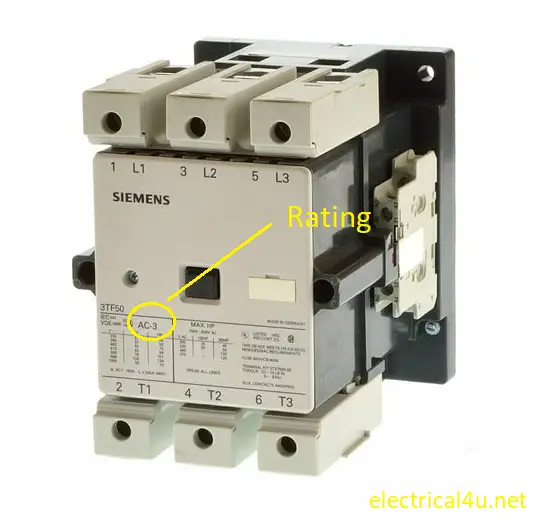
AC duty (Alternating Current) for Contactors:
AC-1: Such duty contactors are used in resistive loads such as heaters and electrical furnace. Non-inductive or slightly inductive loads are included which means the power factor of the load lie between 0.95 to 1.
AC-2: These are used in slip-ring motors starters such as Switching on and switching off the motor. They mostly prefer for high Torque current applications.
AC-3: These types of contactors are generally preferred for the starting of Squirrel-cage motors, and switches off motor during the running time which means the contactor can withstand high current continuously. Example. Lifts, elevators, fans, etc.
AC-4: Frequently on/off on Squirrel-cage motors such contractors are used. They have the ability to break high starting current starting such as plugging and inching operation. Example: Cranes
AC-5a: This type of contactor is used in discharge lamps such as mercury vapor and sodium vapor lamps and Auxiliary Control circuit.
AC-5b: Switching of incandescent lamps
AC-6a: Transformers ON/OFF
AC-6b: This type of contractor is used in capacitor banks switching.
AC-7a: Small Inductive loads on households such as TV, mixers, drilling machine, etc.
AC-7b: Rotating machines on households such as fans, central vacuum cleaners, washing machines etc.
AC-8a: Hermetic refrigerant compressor motor control with manual resetting on O/L.
AC-8b: Hermetic refrigerant compressor motor control with automatic resetting overloads
AC11: Auxiliary (control) circuits i.e. they don’t have power contacts such as NO (Normally open) and NC (Normally closed)
AC-12: Electronics switching using solid-state devices on resistive loads
AC-13: Control of Resistive Load & Solid State Load with Transformer Isolation
AC-14: Control of small electromagnetic loads less than 72VA
AC-15: Control of A.C. electromagnetic loads greater than 72VA
AC-20: Connecting and disconnecting under no-load conditions
AC-21: Switching of resistive loads, including moderate overloads
AC-22: Switching of inductive loads as well as resistive loads (Mixed)
AC-23: Switching of motor loads or other highly inductive loads
A: Protection of circuits, with no rated short-time, withstand current
B: Protection of circuits, with a rated short-time withstand current
Direct Current Duties DC1, DC3, DC5:
DC-1: Non Inductive or slightly inductive loads, resistance furnaces, heaters
DC-3: Shunt-motors, starting, plugging (1), inching(2), dynamic braking of motors
DC-5: Series-motors, starting, plugging (1), inching(2), dynamic braking of motors
DC-6: Switching of incandescent lamps
DC-12: Control of resistive loads and solid-state loads with optocoupler isolation
DC-13: Control of D.C. electromagnetics
DC-14: Control of D.C. electromagnetic loads having economy resistors in the circuit
DC-20: Connecting and disconnecting under no-load conditions
DC-21: Switching of resistive loads, including moderate overloads
DC-22: Switching of mixed resistive and inductive loads, including moderate overloads (i.e. shunt motors)
DC-23: Switching of highly inductive loads (i.e. series motors)
However, mostly in industry AC1 and AC3 contractors are preferred
The difference between AC1 and AC3 contactors is AC1 contactor is used for less inductive loads such as resistive loads (the power factor of the load is near about 1) but AC3 duty contactors are used for high inductive, squirrel cage motors which will be off during the motor is running condition.
Example for AC1: Heaters, Electric Furnace
Example for AC3: all squirrel cage motors such as industrial fans, lifts, escalators, conveyors, bucket elevators, compressors, pumps, mixers, air conditioning units

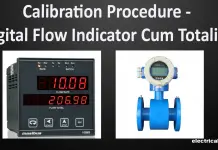
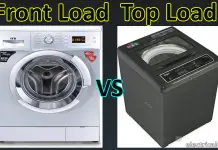
![What is Normally Open & What is Normally Closed [Video Included] What is NO and NC](https://www.electrical4u.net/wp-content/uploads/2020/09/What-is-NO-and-NC-218x150.png)


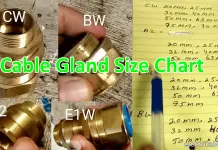

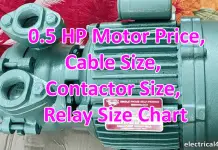
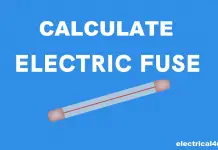
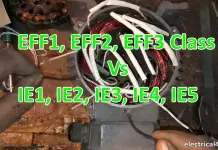
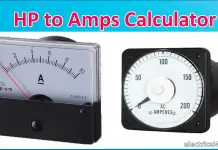
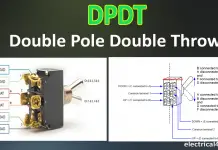
sir,provide us about the different protection classes in transformer and ingress protection in motor and their standards
Dear,
Can you please provide me a quotation for below items including shipping cost to Muscat, Oman
9 CONTACTOR,AC-3,3KW/400V,1NO,AC 230V,50/60 HZ,3-POLE,SZ S00SPRING-LOADED TERMINAL,
VARIABLE SPEED DRIVE SYSTEM,SINAMICS GL150,PN:3RT2015-2AP01
Quantity:2
Dear,
Can you please provide me a quotation for below items including shipping cost to Muscat, Oman
5-CONTACTOR,AC-1 ,140 A / 400 V,AC 230 V,50/60 HZ,3-POLE,SIZE S3,
SCREW CONNECTION,VARIABLE SPEED DRIVE SYSTEM,SINAMICS GL150,PN:3RT1446-1AL20
Quantity:2
9-CONTACTOR,AC-3,3KW/400V,1NO,AC 230V,50/60 HZ,3-POLE,SZ S00SPRING-LOADED TERMINAL,
VARIABLE SPEED DRIVE SYSTEM,SINAMICS GL150,PN:3RT2015-2AP01
Quantity:2